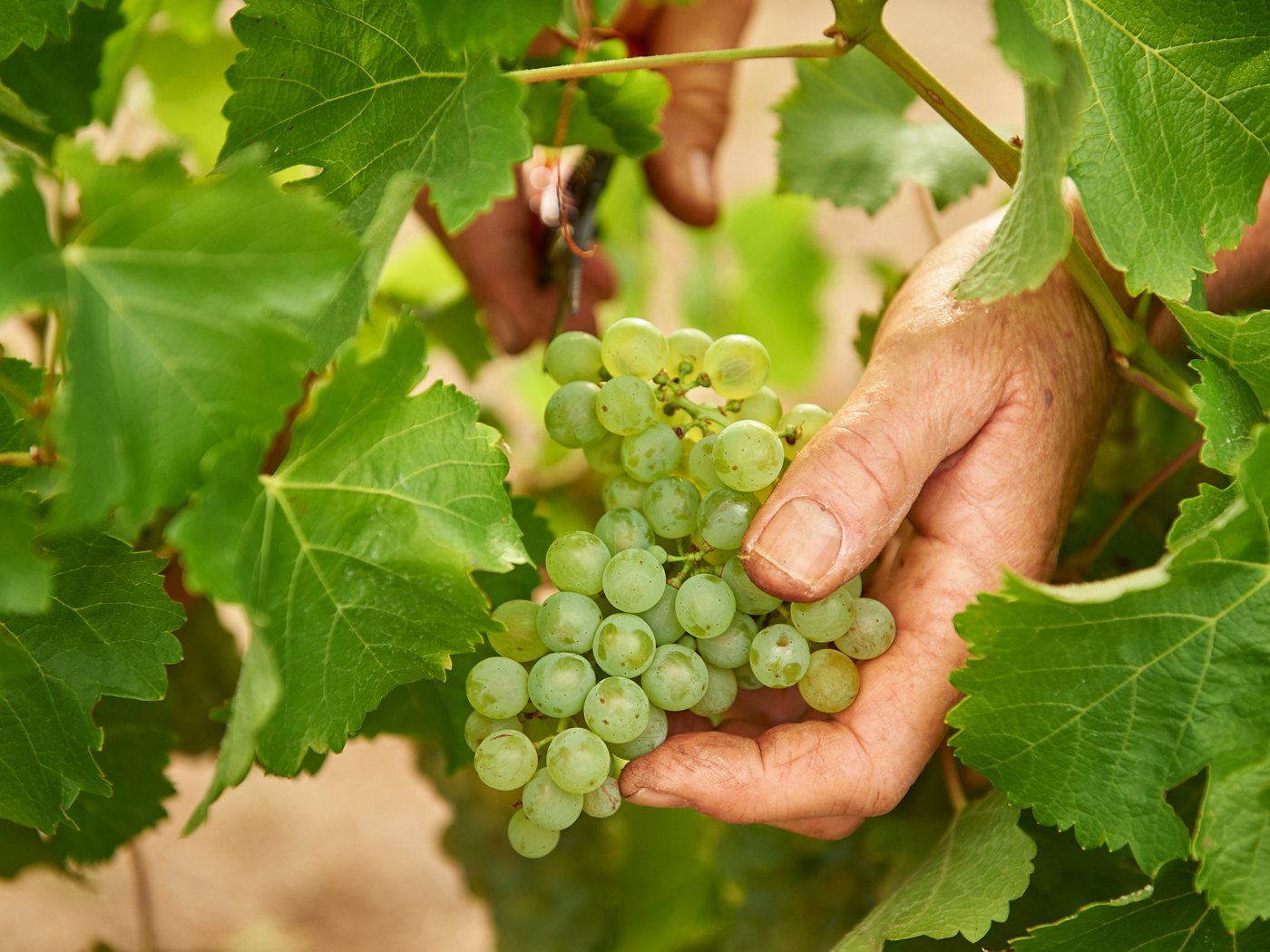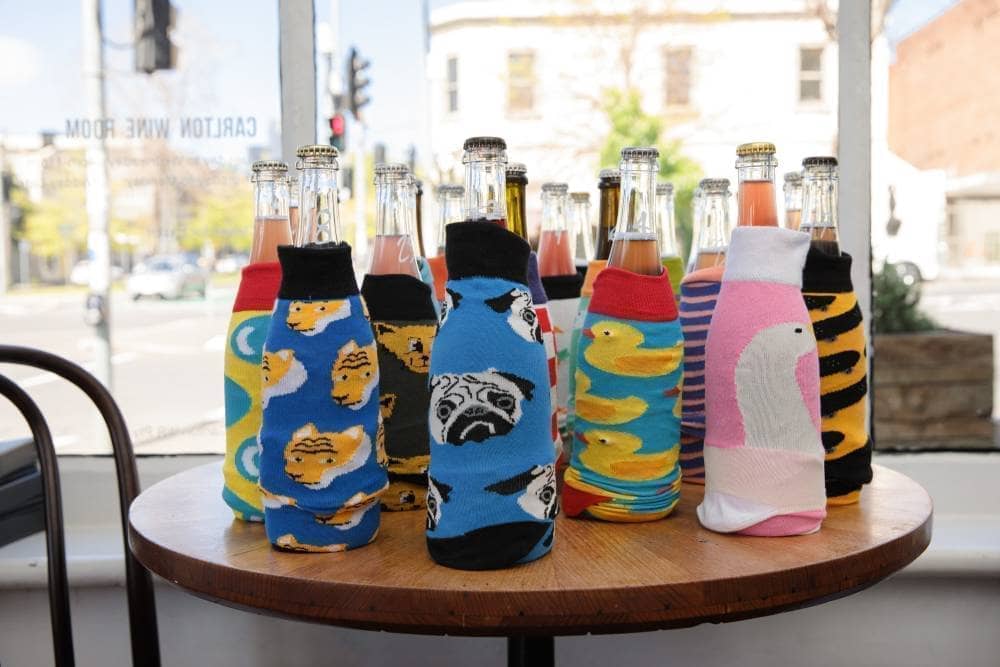When you think of sauvignon blanc, it’s hard not to think of New Zealand almost immediately, and the pungently expressive examples from Marlborough. But sauvignon also contributes to some of France’s most noble wines, as well as a huge diversity of expressions in Australia, both bottled solo and in blends.
Also known as
Fumé blanc is sometimes used on a label to denote a sauvignon blanc that has been raised in oak. It’s a marketing term coined in the US and no doubt leans on the French appellation of Pouilly-Fumé. For the drinker, there are no other synonyms that will commonly confuse on a label.
What sauvignon blanc tastes like
One of the most aromatic of grapes, sauvignon blanc is not shy for flavour and typically is quite high in acid. On the leaner end, those flavours will be very grassy and herbal and advance through passionfruit to some quite opulent tropical characters, like guava, as the fruit gets riper. One character that is often associated with sauvignon blanc is the unfortunate descriptor “cat’s piss”, which is due to the molecule responsible for blackcurrant or cassis, which can reflect the fruit notes at higher concentrations or the feline character at the lower end.
Vineyard & winemaking
Essentially a cool climate grape, sauvignon blanc holds onto its acid well and given its high aromatic content, it can be cropped fairly high, making it a decent commercial prospect, but it also reflects its site well, as evidenced by the finest mineral expressions of the Loire Valley. The grape is usually made very simply, with cultured yeasts and fermented at cold temperatures in stainless steel, though it can equally be made more like chardonnay, with natural yeasts, small oak barrels, malolactic and lees contact. Interestingly, though it is a very mainstream grape that many winemakers and sommeliers regard as being too simple and fruity, sauvignon often finds its way into wines from makers pushing some boundaries, with many employing skin contact to skew the flavour and structural profile in interesting ways.
Where is sauvignon blanc grown?
Originating in Bordeaux in France’s south-west, sauvignon blanc contributes to the famous dry wines of the region, mainly blended with semillon and muscadelle, while it is a lesser player in the even more famous sweet wines of Sauternes and Barsac. The grape is equally synonymous with the Loire, if not more so, with Sancerre and Pouilly-Fumé the most famous appellations, though there is a lot of sauvignon blanc in Touraine as well, though it doesn’t have the cachet of the other two appellations.
Sauvignon blanc around the world
In the top 10 of most planted grapes globally, sauvignon blanc is spreaad widely throughout the New and Old Worlds. Grown widely in Germany and Austria, it is arguably in the latter that it reaches the greatest heights, with Styria in particular specialising. The grape has also found a meaningful home in Northern Italy, with Friuli the powerhouse producer, followed by the Veneto and Alto Adige. But it is the New World that has arguably propelled the grape into the spotlight. That began in the US, principally California, with Robert Mondavi famously pioneering an oak-aged style he dubbed fumé blanc. In the 1990s, South America made huge advances, mainly at the budget end, as did New Zealand (centred on Marlborough), who were largely responsible for a tsunami of varietal wine, made in a style that emphasised exuberant fruit and high acidity at the expense of elegance – and people lapped it up. Today, that style still proliferates, though there are also now many seriously interesting expressions made across the country.
Sauvignon blanc in Australia
Sauvignon blanc only had a modest presence in Australian vineyards until the 1990s, when the global popularity saw plantings spike. However, Australia was never well positioned to combat a flood of cut-price Kiwi sauvignon in the 2000s, which were the result of plantings too ambitious even for the global juggernaut the grape had become. The Adelaide Hills emerged as the prime territory for the grape, with a focus firmly on quality. The hot zones of the Riverina, Riverland and Murray Darling account for almost three-quarters of our output of the grape, and most of this goes to budget or bulk wine. Nonetheless, a region like Tasmania that is loudly celebrated for riesling, actually has twice the amount of sauvignon in the ground. Sauvignon blanc is bottled solo, but it also contributes to some iconic styles when blended, notably the sauvignon and semillon blends of Margaret River.
Photo of sauvignon blanc grapes seen here, courtesy of Cullen Wines.
Some of the best Australian sauvignon blanc
Some of the icons
Cullen Wines (blend)
Domaine A
Mount Mary (blend)
Nepenthe
Shaw + Smith
Some of the new wave
Blind Corner
Dormilona
Limus
Sam Vinciullo
S.C. Pannell
Shobbrook



